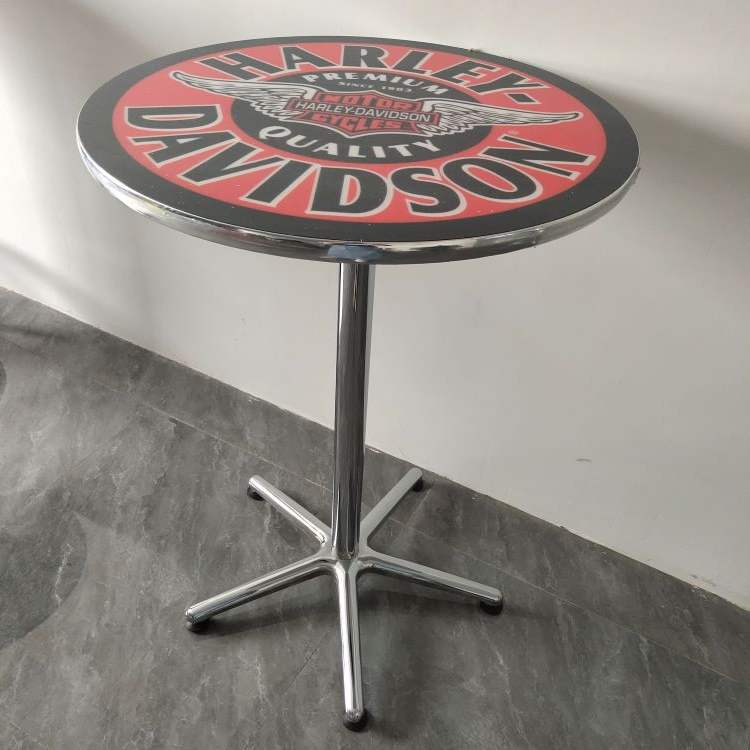
When setting up your bar or lounge area, one of the more frequent questions is: how high should Commercial Bar Stools be relative to your Small Bar Table? Choosing the correct height pairing is essential for comfort, aesthetics, and usability.
Why Height Matters: Comfort, Function & Flow
Ensuring Comfort and Legroom
If your Commercial Bar Stools are too low, users will feel cramped and their knees may bump against the underside of the table. If they are too high, seating becomes unstable and awkward. A good rule of thumb is to leave about 10 to 12 inches (25 to 30 cm) between the top of the stool seat and the underside of the table surface. This gap allows legroom and a relaxed sitting posture.
Standard Heights in Practice
Here’s a typical benchmark used in design and furnishings:
Bar-height tables (often 40–42 inches / ~102–107 cm) pair with stools having seat heights of about 28–32 inches (~71–81 cm).
Counter-height surfaces (~34–36 inches / ~86–91 cm) work with counter stools of about 24–27 inches (61–69 cm).
If your Small Bar Table is nonstandard (e.g. custom height), adjustable stools or custom stools may be better options.
A Reddit user put it simply:
“For a 36-in counter you want a 24-inch bar stool. For a 42-inch bar you need the 29-30 inch stool.”
That matches well with general industry rules.

Step-by-Step: How to Determine the Ideal Height
Here is a practical method you can follow when pairing Commercial Bar Stools with your Small Bar Table:
Measure the table height
Use a tape measure from the floor up to the tabletop surface (top).
Decide your legroom gap
Aim for 10–12 inches (25–30 cm) of clearance under the table above the stool seat.
Subtract
Table height minus the gap = target stool seat height.
Choose a standard or adjustable stool
If your target falls within a standard range (e.g. 28–32 in), pick a stool in that range. Otherwise, consider adjustable stools.
Confirm proportions visually
The stool should look balanced with the Small Bar Table, not dwarfed or too towering.
Test physically if possible
If you have a prototype or sample stool, try sitting to confirm comfort and stability.
If you follow that formula, you’ll avoid common mismatches and ensure your Commercial Bar Stools and Small Bar Table form a harmonious, usable set.
Special Considerations & Common Pitfalls
Adjustable vs. Fixed Stools
Adjustable Commercial Bar Stools are valuable when your Small Bar Table might change (e.g. convertible setups, multi-functional spaces). They let you fine-tune height within a few inches. Just ensure the adjustment mechanism remains sturdy and safe.
Floor and Table Base Constraints
If your Small Bar Table has a thick apron, crossbars or an obstructing base, it reduces usable legroom. Account for that when estimating the 10–12 inch gap. Also, uneven floors or sloping surfaces may affect comfort — leveling glides on stools help.
Unconventional Tables
Some small bars or decorative tables may adopt nonstandard heights (e.g. 38 inches, or even 45 inches). In such cases, you’ll want custom Commercial Bar Stools or ones with extended leg options. Always test a seat before committing to bulk orders.
Spacing Between Stools
While height is critical, lateral spacing matters too. For average stools (16–18 in wide), allow about 6–10 inches between adjacent stools. With wider seats or those with armrests, increase spacing to 8–10 inches minimum.
This ensures that even when multiple people use the Small Bar Table, they won’t feel squished.
Contact Us